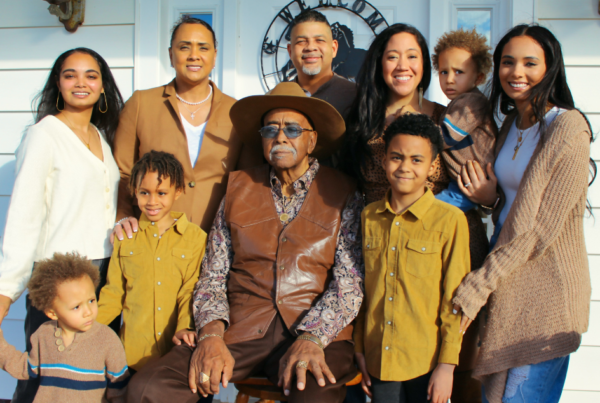
Originally appeared on the Giving Compass blog (Feb 22, 2018)
At its best, family philanthropy represents all the good things about a particular family, and provides a meaningful opportunity for family members to apply their shared values and interests in support of important organizations and issues. It can strengthen family bonds, increase understanding of each other and of the wider world, and cultivate a culture of service across generations.
The reality is that achieving this “nirvana” state takes intentional effort and can be particularly challenging for families where significant differences in values, experiences, and interests prevail.
Even an identical gene pool can produce offspring that bear little resemblance. Birth order often means that one member “grew up in a different family” than the other. And for families that continue to welcome new members – in-laws, next generation, step-children – who literally did grow up in a different family, it is inevitable that abundant differences will arise. This diversity can produce a rich blend of perspectives and experiences, but can also contribute to tricky family dynamics and challenges the task of crafting a shared philanthropic vision.
So how do you address these differences and find common ground?
Through The Philanthropic Initiative’s work with hundreds of families over the last nearly 30 years, we have identified some practices to help families through the process.
- First, it is critical for a family to articulate why you are doing family philanthropy, and what your goals are for the family (societal goals are separate). Do you want to strengthen family bonds? Build a culture of individual generosity? Establish a legacy? Of course there will be multiple goals, but making the effort to identify the primary one(s) will help members understand what they are signing up for (or opting out of) and help you appropriately structure the effort.
- Find inspirational touch points. Understand what working together makes possible that couldn’t be done separately. These may come from the family’s history or from other philanthropic role models. Take a cue from the National Center for Family Philanthropy’s Generations of Giving book which showed that enduring family foundations thrive on the pride engendered by a clear strategy and successful grantmaking.
- Understand the notion of stewardship vs. ownership. Individual family foundation members may think initially that they are entitled to a “share” of the giving. But they are actually stewards of a nonprofit entity owned by the public. A family that understands the concept that they are of service to the foundation will be more focused on the highest and best use for the entity than their individual interests. Where tension between a focus on the individual and collective continues to run high, many families find that allocating a small portion of funds to discretionary giving can do wonders.
- Focus on shared values and vision before talking about issues or topics. Most families we meet focus on how different their interests are – and that’s often true! Our job is to help them take a step back in order to also identify their shared values. Justice, hard work, and interdependence are examples of shared values that can guide a family’s philanthropy. Simultaneously, families can usually find agreement on a shared vision of success in society. Once there is common ground on values and vision, the conversation about how to get there through mission, focus areas, and approaches is easier.
- Finally, remember that nothing is permanent. This life lesson finds relevance in family philanthropy at multiple levels. It can be helpful to position decisions to embark on a shared grantmaking effort as an experiment that will be revisited in one to three years. Acknowledge that the family’s vision, values, and mission will likely evolve as you learn from your experience and welcome new family members and/or leadership. Take the pressure off and commit yourself to be a family that continually learns and grows!


